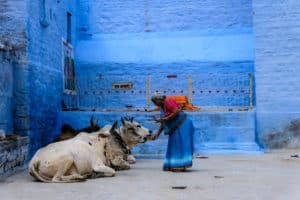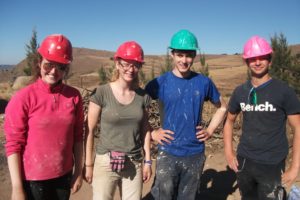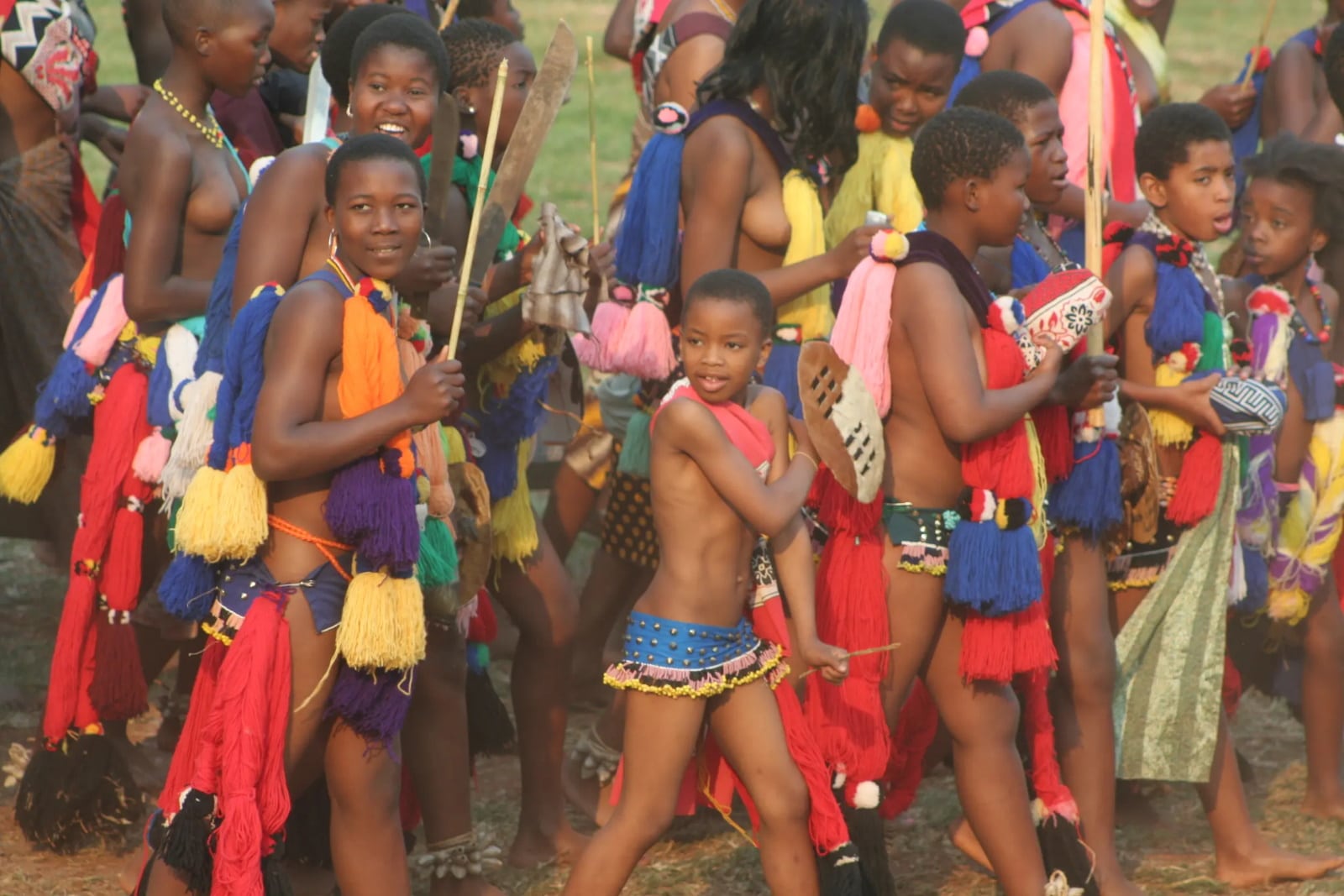Where is your sarong?” asked the driver of the combi. I sat smugly in the back of the minivan. I knew I was suitably and respectfully dressed for this traditional occasion. Unfortunately the lady tourist, to whom the driver was addressing, mumbled that she didn’t know she had to wear a sarong. Would she would be allowed into the Reed Dance / Umhlanga or not? The answer to that was an emphatic “No.” There was a murmuring of disapproval from the locals in the minivan. Because she was wearing shorts.
Emaswati tradition
All over Eswatini (Swaziland), whether it be a small traditional homestead to one of the Kingdoms largest traditional ceremonies, ladies should not wear shorts. This is the local tradition and a sign of respect. By far the most acceptable attire is a traditional sarong called a emahiya, with either the Eswatini flag on it or King Mswati III. Even if this is wrapped round your shorts it is acceptable. I’m not sure where this tradition stems from. At the Reed Dance, maidens wear large tasselled belts around their midriff (and not much else) and also bare their breasts to the world. So I could understand the confusion of the tourist who had got into the combi. Her knees were probably the least offensive part of her body showing from her perspective!
I leaned forward towards the driver. “But there are sarongs on sale just outside the gates of the palace aren’t there?” I queried. “Surely she could buy one there?” Immediately there was a murmur of discussion throughout the combi minibus, the group consensus was that this was probably the case.
It should cost about E50”, I told the lady. She smiled gratefully. I remembered what it was like being new to these events.
We drove along a dirt road, avoiding goats, cattle, feral dogs and a host of people making their way towards Ludzidzini, the Royal Homestead in Lobamba. Eswatini had suddenly become a hive of colourful activity. It was the end of the annual 8-day Umhlanga Reed Dance festival or Reed Dance festival.
All about Umhlanga
Eswatini has a number of ceremonies and the Reed Dance of Umhlanga is one of the well known ones. Over the first 4 days of the festival, maidens gathered in groups to cut and collect tall reeds. The reeds are cut from all over Eswatini and sometimes even into Mozambique. They then bind them and return to Ludzidzini, the Royal Palace. During these days I had seen hundreds of maidens standing in the back of cattle and army lorries, singing and dancing as they went to cut the reeds for the Queen Mother, Ndlovokazi. The atmosphere was one of unity and jubilation and quite often traffic was halted as these maidens had priority over absolutely everything.
A few days ago I had seen a whole market stop trading to watch and cheer on the maidens as they walked by. They were proudly carrying their reeds aloft in the sunshine. After four days of work, the fifth day is a day of rest and preparation for one of Africa’s largest and most colourful cultural spectacles. Maidens wash in the rivers, plait their hair and sing in the streets. There is a fabulous party feel with an air of expectation of something special on the horizon.
On the second Monday of the celebrations, tens of thousands of maidens gather at Ludzidzini Royal Homestead on the final day of celebration of the ancient Umhlanga custom. Girls have travelled from villages all over the tiny nation to congregate and perform in front of, and pay homage to the Swazi Queen Mother. The girls were going to present their cut reeds in bundles to the Queen Mother, and the protective Guma (reed fence) around her homestead would be rebuilt using them.
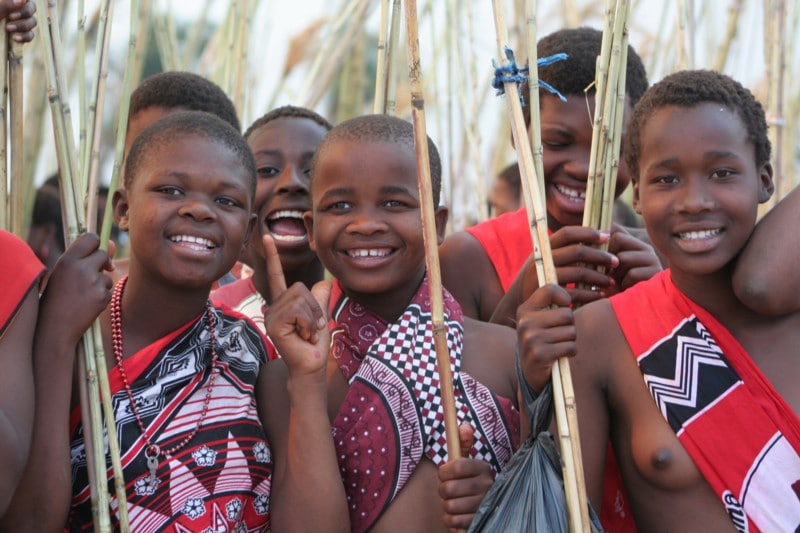
Arriving at the Reed Dance
I climbed out of the combi and directed the lady tourist towards a very delighted sarong seller. I joined the throng of people flowing through the gates of Ludzidzini and followed the visitors up the hill towards the palace. There were quite a few police there, checking that all visitors were adhering to the rules of attire and behaving in an orderly manner. It was a beautifully serene experience.
I don’t know what I was expecting but I couldn’t believe how many girls there were there. Thousands of maidens, dressed in traditional Swazi attire of vibrantly coloured sashes, skirts and jewellery, barefooted, bare breasted and smiling, had formed an orderly queue. All of them holding their own bundle of reeds. It was an extraordinary spectacle.
Female police officers were keeping order and directing groups of about 50 similarly dressed girls. They were dancing in unison and singing their hearts out, as they entered into the Queen’s kraal to lay their reeds. This was a private part of the ceremony and visitors are not allowed to watch the actual laying of the reeds, only the entering and leaving. The police women were also the fashion police. They were checking each girl to make sure she was wearing the right traditional clothing and in the correct way. Woe betide any girl who was not showing her breasts properly or her skirt was too long!
The Reed Dance – a visual spectacle
After laying their reeds the girls snaked out of the Queen’s area and into a massive stadium. Here everyone could see them in their fully glory. I made my way to the stadium and found a seat near to the VIP area. It was an incredible view and something I will never forget. More and more maidens poured into the arena increasing the numbers to around 60,000. Well that was my guess, however so many there were it was mind-boggling. The papers the following day said that there were 70,000 girls at the Reed Dance. Who knows, there were just a lot of maidens!
An enormous procession of girls in a most organised and respectful manner flowed past the grandstand, rocking in a vocal celebration of maiden’s chastity and purity. Different groups had a slightly different take on the same Umhlanga dance and sang a slightly different song. They were all holding their machetes and shields and dancing in wonderful synchronisation. This was directed by a leader blowing a whistle to keep them all in rhythm.
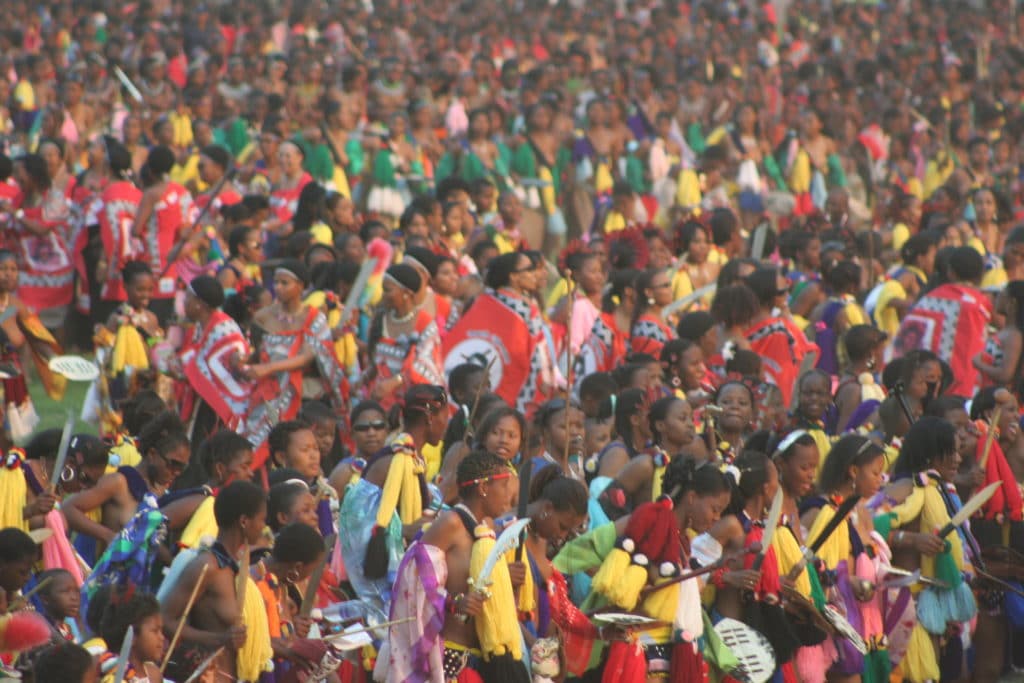
There didn’t seem to be that many people watching the Reed Dance, probably only about a thousand. In comparison to the number performing we were a very small part of the event. It was quite weird thinking that there were more performing than actually watching.
Supporting your daughter at the Umhlanga
In front of me was a family obviously waiting to see their daughter go past. They had a got a massive picnic of pap (staple food of ground maize), roast chicken and tomatoes. They were digging into it whilst having a hilarious conversation about something or other. I didn’t know what they were talking about as it was in siSwati, the local language. But it still made me smile as they all fell about laughing in an animated way. Watching them laugh became infectious and I found myself smiling with them and before long I was laughing too.
And then they saw their daughter. Mum stood up, waved exuberantly and shouted at her daughter.
Nomsa, up here……”, or something to that effect, it did last longer and the surrounding crowd all laughed with her.
Most teenagers back in the UK would have been highly embarrassed with this outward display of recognition and affection. Instead of trying to ignore her mother and pretend that it was some mad woman, Nomsa stopped dancing in her cohort and searched the crowd. When she spotted her Mum, who was waving a chicken leg and squealed in delight, she waved back with double enthusiasm. Pride all over her face.
The whole family then got up and waved, and so did the crowd around the family. So I thought I might as well join them and waved to Nomsa as well. Unsurprisingly the grin we all received was blinding. What a privilege to be part of this extraordinary spectacle. To be accepted by all the people around me and to be waved at by a complete stranger in the middle of a public performance was wonderful.
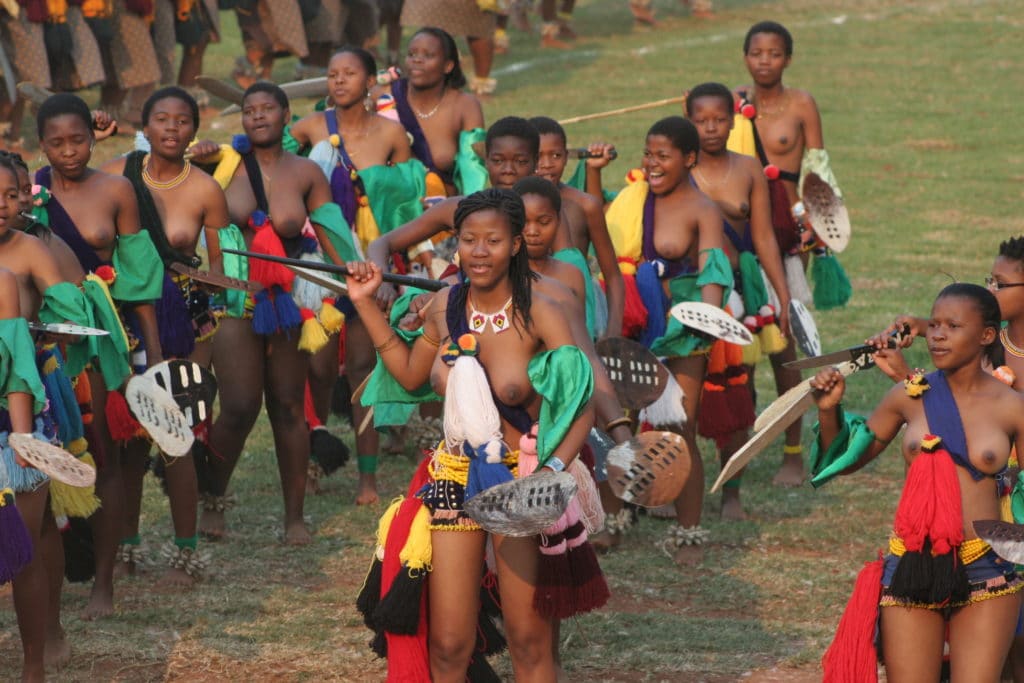
And it didn’t stop with Nomsa, other girls got similar receptions from family members and the immediate crowd. Obviously I joined in when ever I could!
A dance for the people by the people
The delightful thing about this event is that it is not publicised. It is done by the maidens for the Queen Mother, for their families and for themselves. And the timings of the event is never released until a month or so before the event. So planning to see it can take a bit of luck as well! The dates are set around the full moon with the event normally held at the very end of August. Or it can be at the very beginning of September. So no wonder it has not become commercialised!
Contact us to explore Eswatini and their culture for yourself.
The Reed Dance is a visual celebration of the girl’s camaraderie, solidarity and chastity.
Once seen, never forgotten.
